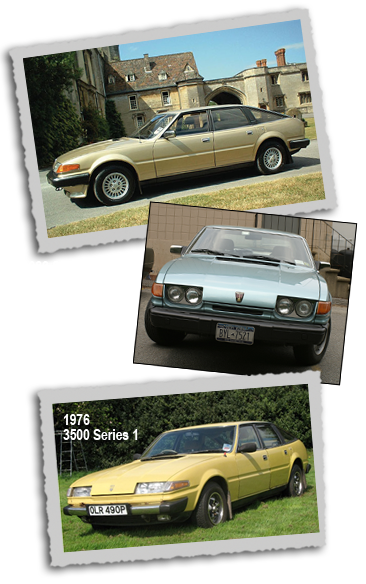British Leyland Years and Beyond
In 1967, Rover became part of the Leyland Motor Corporation (LMC), which already owned Triumph. The next year, LMC merged with the British Motor Holdings (BMH) to become the British Leyland Motor Corporation this was the beginning of the end for the traditional Rover, as the Solihull based company’s heritage drowned beneath the infamous industrial relations and managerial problems that beset the British motor industry throughout the 1970s. At various times it was part of the Specialist Division (hence the factory designation SD1 for the first – and in the event, only – model produced under this arrangement), Rover-Triumph, and Jaguar Rover Triumph.
In 1970, Rover combined its skill in producing comfortable saloons and the rugged Land Rover 4×4 to produce the Range Rover, one of the first cars (albeit possibly inspired by the earlier Jeep Wagoneer and IH Bronco) to combine off-road ability and comfortable versatility. Powered by the ex-Buick V8 engine, it had innovative features such as a permanent 4 wheel drive system, all-coil spring suspension and disc brakes on all wheels. Able to reach speeds of up to 100 mph, yet also capable of extreme off-road use, the original Range Rover design was to remain in production for the next 26 years.
As British Leyland struggled through financial turmoil and an industrial-relations crisis during the 1970s, it was effectively nationalized after a multi-billion-pound government cash injection in 1975. Michael Edwardes was brought in to head the company.

The Rover SD1 of 1976 was an excellent car, but was beset with so many build quality and reliability issues that it never delivered its great promise. Following the closure of the Triumph factory at Canley production of the Triumph TR7 and Triumph TR8 was moved to Solihull but soon after a savage programme of cutbacks in the late 1970s led to the end of car production at the Solihull factory which was turned over for Land Rover production only. The TR7/8 model was discontinued while SD1 production moved to Cowley. All future Rover cars would be made in the former Austin and Morris plants in Longbridge and Cowley, respectively